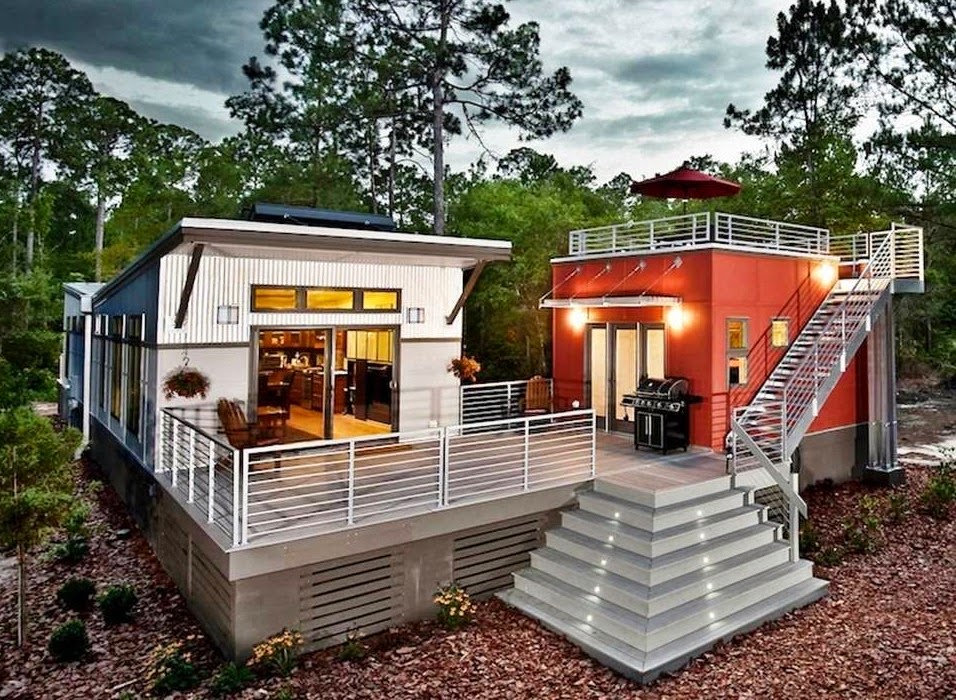Table of Content
When hiring a professional to install or audit your landscape irrigation system, be sure he or she is certified by a WaterSense labeled irrigation program. If the system is well managed, a household's irrigation water use can be reduced by 15 percent, or nearly 7,600 gallons of water, annually. Letting your faucet run for five minutes while washing dishes can waste 10 gallons of water and uses enough energy to power a 60-watt light bulb for 18 hours.

Many Americans are taking a closer look at ways to be more environmentally friendly. This can include recycling, buying second-hand, and conserving water. The latter is something Indiana American Water takes very seriously. Of course, this number does assume that a person living alone will use less water overall in the appliances that they use. Less water going down the drain means more water available in the lakes, rivers and streams that we use for recreation and wildlife uses to survive. Using water more efficiently helps maintain supplies at safe levels, protecting human health and the environment.
Look here for more water science questions and answers
If new appliances aren’t in the budget, significant water savings can still be achieved just by finding and fixing leaks. Because every family and home has different needs, it’s hard to estimate exactly how much water each person should use per day. However, it’s a good idea to try and use less than the average of 50 gallons per person each day here in the midwestern area of the United States. There are many simple ways to reduce water usage, which we’ll discuss in the next section. In fact, flushing the toilet accounts for around 24% of a household’s daily water usage. Unless you want to shower together and eat off the same plate, your household water usage will increase if there is more than one person living in your home.
If you think you might have a leak in your plumbing system, download our Leak Detection Kit to learn more about locating and fixing leaks. Replacing your old toilet models with WaterSense-labeled models can save 13,000 gallons of water per year, which is the equivalent of about $130. Replacing inefficient bathroom faucets can lead to an average savings of $250 over the faucets’ lifetime.
Replace Old Inefficient Appliances
With climate variability increasing, natural disasters are causing more water shortages across the country, so it’s important to do our part to conserve water. For more information about wise water use or detecting leaks, view the Wise Water Use section of our website. It is estimated that the average household of 4 will use around 12,000 gallons of water a month. Finally, let’s take a look at the average household water usage for a family of four.
Spread across a regular 31-day month, that means the average American uses 2,542 gallons of water every single month. The answer isn’t as simple as “yes” or “no.” For starters, the agriculture business, which consumes 70% of all clean drinking water globally, is the world’s largest user of water usage. A significant amount of water is used to grow food for cattle, making livestock one of the most water-intensive industries in the United States. Drought reduces the quantity of water usage in our local reservoirs, limiting the amount of water that can be carried to our houses and the amount of water that can be dispensed from our taps. Even a little leak in a pipe can impair your home’s water pressure, especially if the line is closer to your home’s point of entry and serves all of your appliances and faucets.
Tips For Conserving More Water
In fact, the average family can waste some 720 gallons per month on household leaks alone. Worryingly, we can see that leaks account for 12% of each person’s average daily water usage. Without knowing, our daily habits start to add up which can result in a large monthly bill, especially when there are multiple people living under one roof. Read on to find out how much water the average household actually uses, the average UK water bill and what you can do to cut your costs.
According to a 2014 Government Accountability Report, 40 out of 50 state water managers expect water shortages under average conditions in some portion of their states over the next decade. Filter bottle, for every one of our cartridges you use, you save 600 disposable water bottles from entering the environment. Pipes lined with lead are still a prevalent issue, and older pipes that are corroded or clogged with sediment can also mean you get less water through your faucet at a slower rate. Our aging infrastructure can also act as a detriment to accessing constantly flowing, clean water. Adjust the water level of your washing machine to match the size of the load. By following some of these water-saving tips, you’ll be surprised at how much your monthly water bill drops.
Less Water Affects the Environment
Did you know that the average home loses enough water each year due to plumbing leaks to fill a backyard swimming pool? One out of every ten houses is believed to have a leak that wastes 90 gallons of water or more every day. With a little bit of research, water- and energy-saving products can be purchased that provide enhanced performance, help save on water bills and have the added benefit of saving water for future generations.

Switching to water-saving fixtures and appliances can reduce indoor water use by twenty percent. The Environmental Protection Agency’s WaterSense websitelists many water-saving products. The Department of Energy’s ENERGY STAR label also has an extensive list of energy- and water-saving appliances, like dishwashers and washing machines. Technically, we aren’t running out of water on a whole – we’re running out of access to clean drinking water. And with factors like climate change, rapid population growth, and more frequent storms, fires, and drought, gaining access to clean drinking water gets more challenging every day.
This is an estimate, but it gives you an idea of how the little things you do in your house add up to larger amounts of water being used. If you have newer water-saving devices in your home you will probably be using less than this number. The United States is deemed the “Land of Plenty,” partly for its abundant water resources. It’s home to the largest freshwater lake system worldwide , which holds six quadrillion gallons of water. And let’s not forget the mighty Mississippi River, which flows at around 4.4 million gallons per second, supplying water to about 15 million people along the way. Droughts happen somewhere in the country every year and climate change has the potential to increase stress on water resources.
To create a more sustainable water future, cities and states are coming together to encourage water conservation and efficiency as a way to reduce demand. An easy to way to understand individual water use is to look at your water bill—not just the amount due, but how much water you used. Once you understand how much you use, the WaterSense calculator can help determine how much water your household could save if you switched to more efficient, WaterSense labeled products. Fire-fighting, municipal parks, and public swimming pools all need lots of water. An array of pipes, canals, and pumping stations managed by our public water systems are needed to bring a reliable supply of water to our taps each day.
It’s no surprise, therefore, that repairing leaks is the most effective way to conserve water. You may need to replace or repair the flapper valve or plunger ball on your toilet, as well as a new washer for your faucets. Leaks in your pipes could be preventing adequate pressure from reaching your faucets and shower heads.
Likewise, older showerheads flow well over the federal limit of 2.5 gallons per minute, whilelow-flow modelscan flow no higher than two gallons per minute. Some shower fixtures, especially those with multiple nozzles, exceed the federal limit, so these fixtures require reduced shower time in order to save water. Replacing old, leaking showerheads and taps can help you save both money and electricity costs.
Small leaks typically won't affect your pressure, but if you have multiple small leaks or larger leaks this can affect your pressure. In searching for leaks under your sinks and features look for signs of pooling, mold, or mildew as tell-tale signs of a leak. If you are worried you have a leak under your foundation you may want to hire a plumber for an inspection as they have the proper equipment to find those. Leaks under your house can erode away your foundation and cause problems with your house’s structural foundation. About 70% of water usage occurs inside the home through bathing, washing clothes, brushing teeth, flushing the toilet, etc.; about 30% of water usage is used outside to water grass and plants.
Most water filtration systems use a combination of media for optimal filtration. Pressure regulators help stabilize the water pressure in your home. If yours is broken it can cause your water pressure to be too weak or too strong.


No comments:
Post a Comment